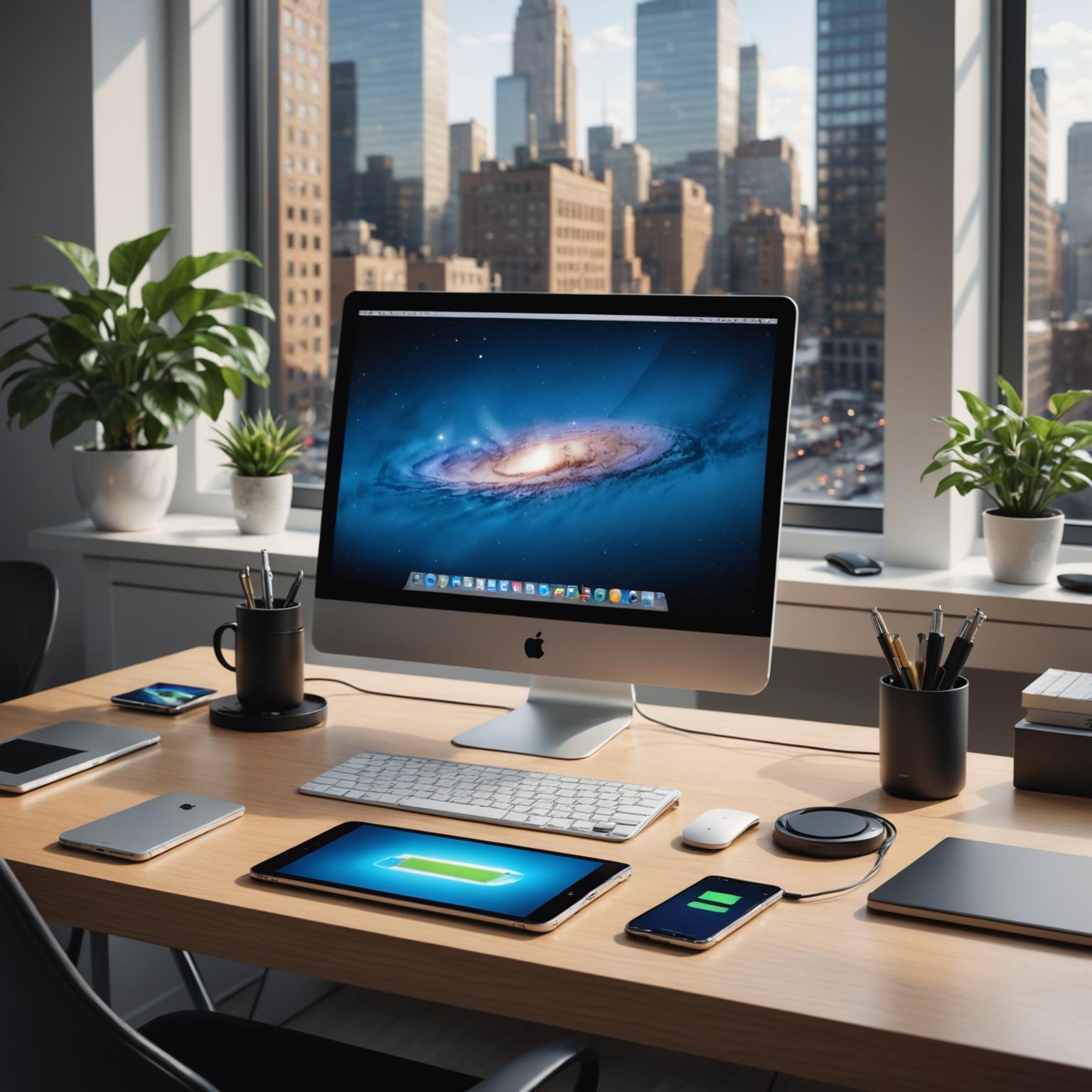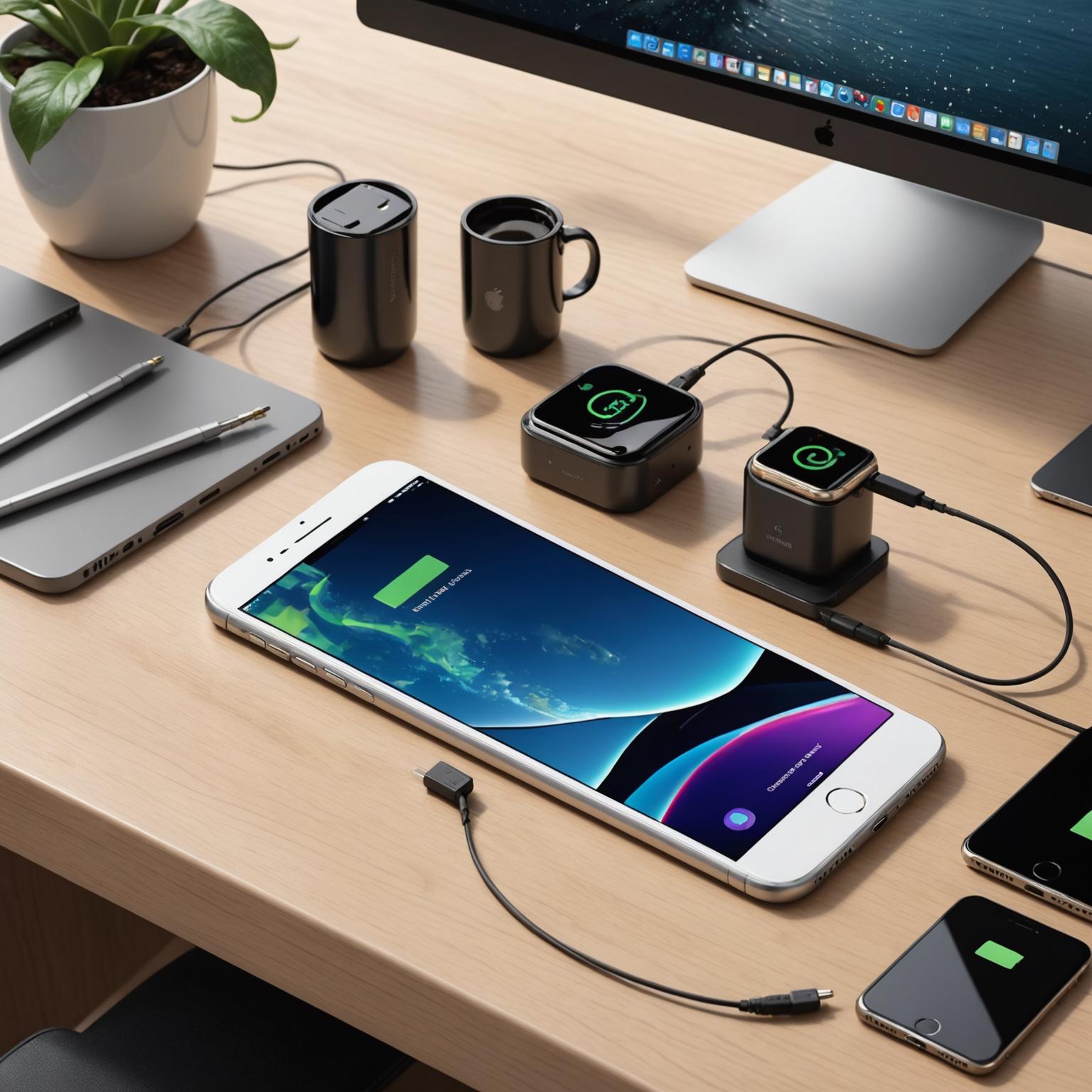This is our independent website, you can check out our products.https://pjcases.com
As the tech world holds its breath in anticipation of Apple’s next big release, the conversation inevitably turns to the small but crucial accessory that will, in all likelihood, be missing from the box: the iPhone 16 charger. It’s a trend we’ve begrudgingly accepted since the iPhone 12, framed by Apple as an environmental victory. While I applaud any genuine effort to reduce e-waste, I can’t help but feel this move conveniently shifts the burden and cost onto us, the consumers. It forces us to immediately consider what charger will best power our brand-new, premium device, a device designed for peak performance and deserving of more than just a leftover charging brick.

The Need for Speed: Unlocking iPhone 16 Fast Charging
One of the most compelling reasons to purchase a new charger is to take full advantage of iPhone 16 fast charging. The days of waiting hours for your phone to slowly trickle up to 100% are long gone, or at least, they should be. Modern iPhones support USB-C Power Delivery (PD), a charging standard that can deliver a significant amount of power in a short time, often getting you to 50% battery in about 30 minutes. Using an old 5W or 12W charger from a past iPhone on a device with a sophisticated processor and an exceptional battery is like putting regular fuel in a sports car; it will work, but you are severely limiting its potential. To truly complement the power and efficiency of the new iPhone, investing in a charger that supports at least 20W is no longer a luxury, but a necessity for a modern, on-the-go lifestyle.
Decoding iPhone 16 Charger Compatibility
With the charger absent from the box, the question of iPhone 16 charger compatibility becomes paramount. Thanks to Apple’s gradual but welcome adoption of USB-C across its product lines, the ecosystem is becoming more unified. However, this doesn’t mean any USB-C charger will do. In my opinion, it is critically important to choose a charger from either Apple itself or a reputable third-party brand that is certified and adheres strictly to USB-PD safety standards. Cheap, uncertified chargers from unknown sellers pose a real risk, potentially damaging your iPhone’s battery over time or, in worst-case scenarios, creating a safety hazard. The good news is that this opens the door to superior technology like Gallium Nitride (GaN) chargers. These modern power bricks are significantly smaller, more power-efficient, and often come with multiple ports, allowing you to power your iPhone, iPad, and even a MacBook from a single, compact source. This level of versatility is something Apple’s own single-port chargers rarely offer.
My Verdict: Is the Chargerless Box a Pro-Consumer Move?
So, is Apple’s decision to unbundle the charger a net positive? I remain skeptical. While the environmental argument has some merit, it feels more like a cost-saving measure disguised as corporate responsibility. We are buying a premium, revolutionary phone, yet the out-of-box experience is intentionally incomplete. However, I’ve come to view this situation through a different lens: it’s an opportunity for consumers to make a better choice. Instead of being stuck with a basic, slow charger, we are now prompted to seek out a superior solution. A powerful, multi-port GaN iPhone 16 charger offers more speed, greater convenience, and better value for money in the long run. While I believe a device of this caliber should come with everything needed to use it effectively, the silver lining is that the third-party market provides charging solutions that are far better than anything Apple would have likely included anyway.
